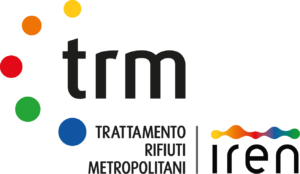18 July 2022
The operational guide produced by ENEA and Utilitalia for energy diagnoses in the waste incineration sector was presented today at the TRM headquarters in Turin. Accessible and downloadable online, the publication is the fifth product of the ‘Quaderni dell’efficienza energetica’ (Energy Efficiency Notebooks) series, produced within the framework of the Programme Agreement for Electricity System Research 2019-2021, initially financed by the Ministry of Economic Development and now under the Ministry of Ecological Transition.
In addition to performing the task of incineration, plants belonging to this sector use the energy generated by the combustion of waste to produce both electricity to be fed into the grid and heat for district heating. The analysis of the energy diagnoses received so far – belonging to 26 out of 37 plants nationwide – revealed an energy consumption efficiency potential for these sites of almost 4,000 toe/year (with an incidence of between 20 and 40 per cent of electricity production). Given the peculiarity of the sector, the energy savings achieved are automatically transformed into an improvement in capacity in the production of electricity and heat with an immediate benefit in terms of the country’s energy self-production. If all the measures were implemented, an additional energy demand equal to the annual energy consumption of about 20,000 people could be met.
Within the guideline, the process is divided into its main stages (waste feed, steam generator, thermal cycle and flue gas cleaning). The analysis of the diagnostics shows that the entire incineration cycle absorbs around 11% of the electrical energy produced by the plant for its operation. In particular, electricity consumption related to flue gas purification accounts for about one third of total plant consumption, the remaining two thirds are mainly attributable to the steam generator and the thermal cycle, and only to a small extent to waste handling.
In addition to providing companies and professionals with the information they need to carry out a quality energy audit, the guide offers an extensive and detailed analysis of sector-specific energy performance indices, a database of possible energy efficiency measures, and a cost-effectiveness analysis of the energy measures carried out and proposed by companies in previous audit cycles.
To dowload the presentations and the full registration of the event click here

